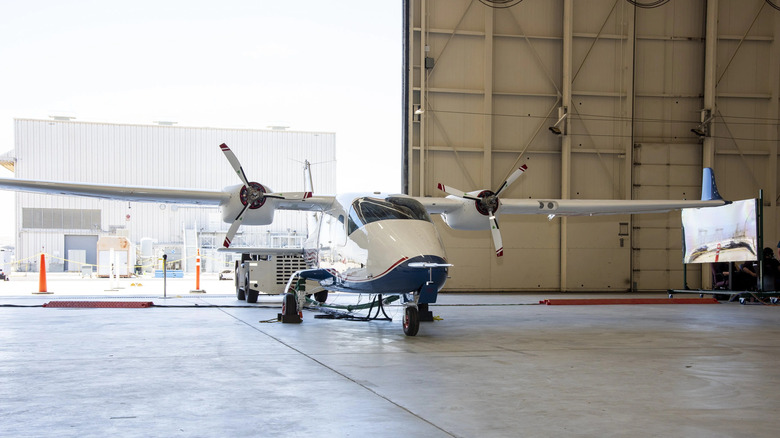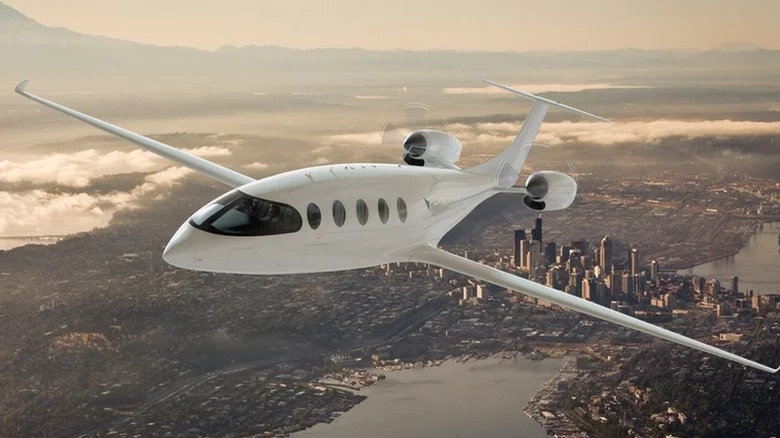NASA's X-57 Electric Plane Will Never Fly
NASA is set to complete work on its X-57 Electric Aircraft in a few months, but the plane is unlikely to ever take to the skies. The project is set to wrap in September 2023, but NASA claims that the finalization of "flight operations" won't include X-57's first flight.
The X-57 is a propeller plane powered by a series of lithium-ion batteries. Silicon carbide transistors are used to deliver power with 98% efficiency, which is useful for periods that require intense bursts of energy luke takeoff. The plane itself would be capable of flying for an hour, should it ever be taken on a flight. But it was always intended to be a proof of concept, rather than an actual aerial vehicle.
Although the end result may never touch the clouds, NASA still sees the project as successful. The agency says that it "provides aviation researchers with hundreds of lessons learned, as well as revolutionary development in areas ranging from battery technology to cruise motor control design." So while you may never see an X-57 take off, there's a good chance that parts developed for it could make it onto the planes of the future.
The project is aimed at achieving one of the United States' ambitious 2050 climate targets. It is hoped that the aviation industry will be carbon-neutral by then. While it's a major task, things are looking good from a research perspective. NASA isn't the only organization developing electric aircraft, and some of the other planes on offer have flown.
Other electric aircraft already exist
The concept of a battery-powered aircraft is nothing new, and some have already taken to the skies. Last year, Eviation's all-electric plane Alice completed a successful maiden test flight. Before that, a seaplane that had been converted to run on electricity, Harbour Air's De Havilland Beaver, also completed a successful test flight, which was eventually followed up by a successful point-to-point flight three years later.
As with NASA's X-57, range seems to be a limiting factor at the moment. Alice has a range of between 150 and 250 miles, so it can only be used for very short trips by aviation standards. Still, orders have been flooding in by companies like Cape Air, Global Crossing Airlines, and DHL — all of which are inching towards carbon neutrality. Cape Air alone is aiming to replace 80% of its 400 daily flights with "Alice" flights in the near future.
Aviation is both a necessity in the modern world and a large contributor to global emissions, so there is a major focus on making it greener. Electrification projects, like the ones undertaken by NASA, Eviation, and Harbour Air are vital stepping stones towards sustainable electric flight. Then again, electric motors aren't the only path to carbon neutrality, and there's always a chance we could be flying in something very different in the future.

